Volunteer gets OB experience and more
On a visit to the AMS clinic, one could find expectant mothers learning about when to bring their baby to the doctor. Other times women might be learning about immunizations and diseases. Still other women could be giving birth.

A bustling hub of activity day and night, there is always something to do and something to be learned at the clinic. At any given time, doctors, nurses, midwives and volunteers are there to help the local women and children. In just the first week of October 2020 alone, clinic staff assisted 19 mothers in delivering babies.
Being in a rural setting in Kenya, one might think everything would run very differently there. Talk to any of those who have volunteered their time at the clinic, though. You would find that, when it comes right down to it, expectant moms and births have the same excitement, urgency, and sometimes even drama as anywhere else in the world.
Volunteers work alongside clinic staff
For volunteer Collette Charles, a residency program and a conversation about AMS with an attending at her hospital was all it took to pique her interest.
Encouraged after realizing she could combine her passions in global health and maternity care, Charles volunteered for two weeks at the AMS clinic in the beginning of 2020. Being able to handle some of the OB duties there thrilled Charles.
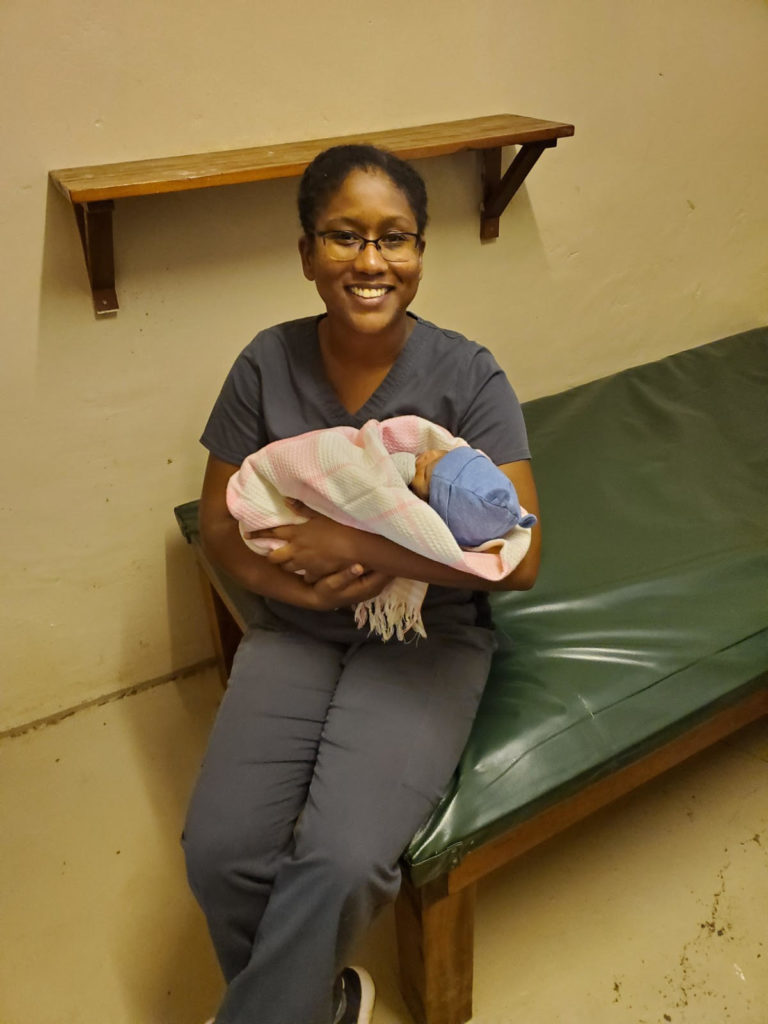
Charles spent most of her time working with kids and pregnant moms. She also administered vaccines, something she said doctors in the United States don’t typically do. The AMS experience made her less hesitant about helping her medical assistants give vaccines when she returned home.
Her OB time also helped her take a different perspective back with her. Laboring mothers walk around the clinic compound, something not typically done at hospitals in her country. Charles took the lesson home with her that doctors are there to support mothers, not control the birth process.

Because the clinic has an ultrasound machine, Charles was also able to show expectant mothers their babies in-utero. The machine was new technology for most women who laughed with Charles as she tried to communicate.
“We did not speak the same language but they were always so grateful,” Charles said.
Being unfamiliar with the clinic, Charles was unsure about what she would find in terms of facilities. The delivery room in particular impressed her but so did the rest of the clinic.
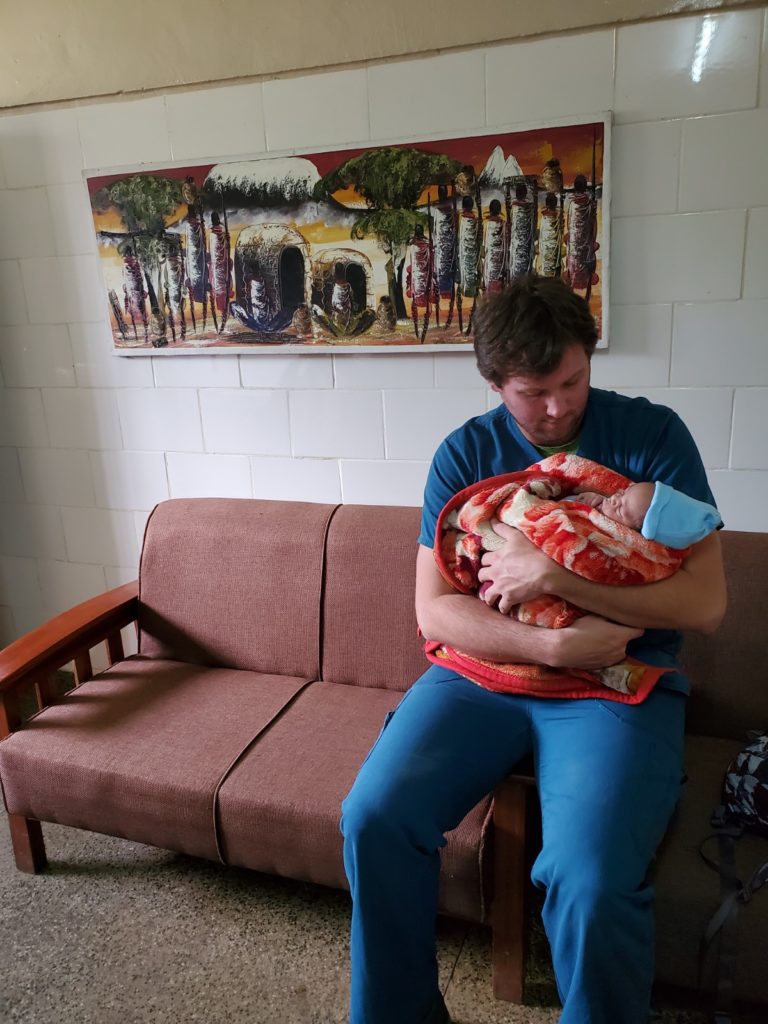
Discussions during prenatal classes, getting to know the Masaai people, delivering healthy babies, and helping moms through all types of deliveries were all part of the two week experience for Charles. What experiences might be waiting for you?
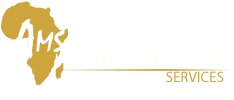
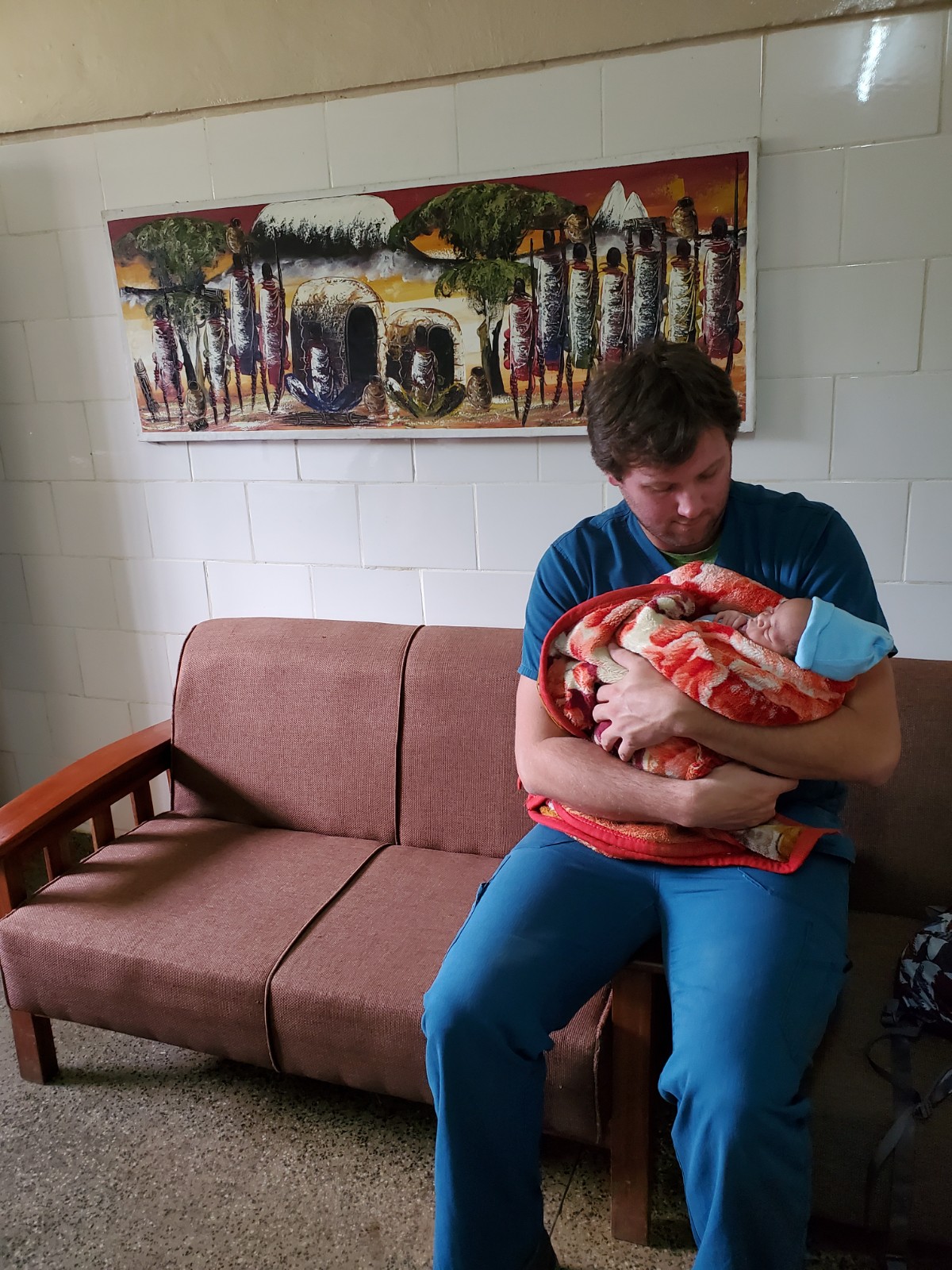
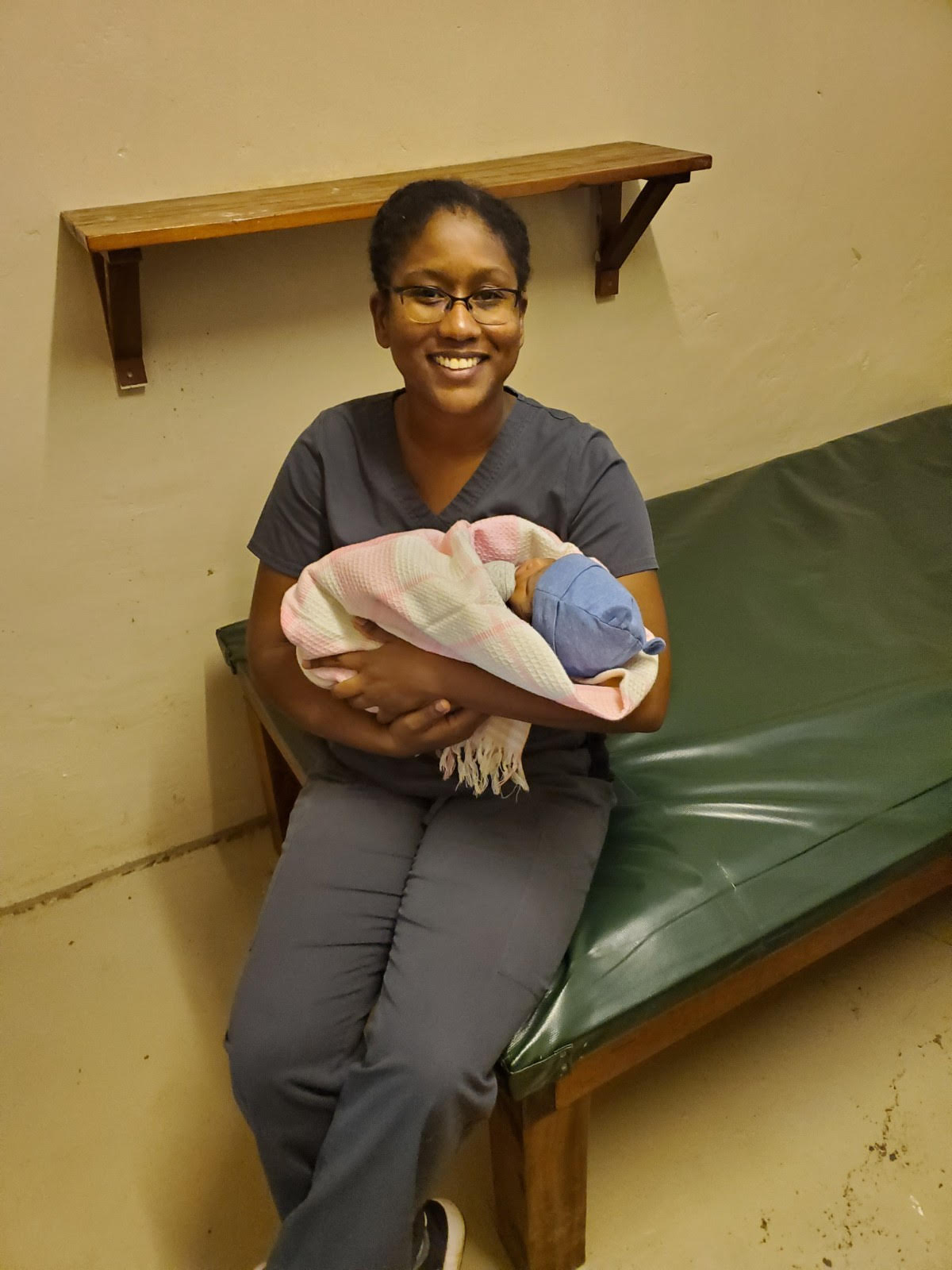


Got something to say?